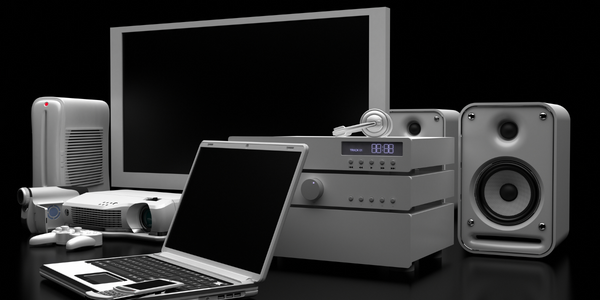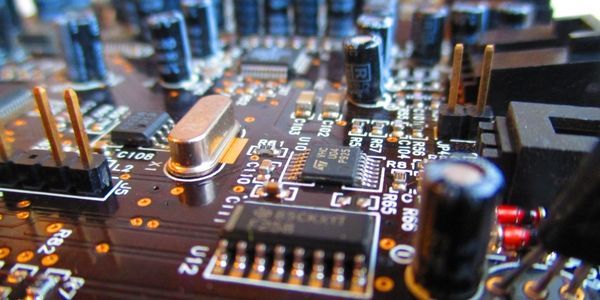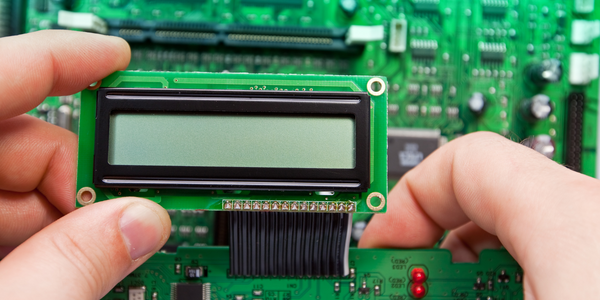Download PDF
Vendo's Innovative Leap: From Traditional Vending Machines to Robotic Ones with Altium Designer
Technology Category
- Processors & Edge Intelligence - Microcontrollers & Printed Circuit Boards
Applicable Industries
- Electronics
- Glass
Applicable Functions
- Product Research & Development
- Quality Assurance
Use Cases
- Last Mile Delivery
- Visual Quality Detection
Services
- Testing & Certification
- Training
The Challenge
Sanden Vendo America Inc., a Dallas-based company with over 60 years of experience in the design, manufacture, and sales of vending equipment, decided to take their business to the next level by incorporating electronic control in their vending machines. Three years ago, the company decided to move the electronic design part of its operation in-house, through the purchase of suitable schematic entry and PCB layout software. This decision was aimed at achieving faster design turn-around time, increased IP security, and tighter design control. However, this move also presented potential challenges such as the software’s learning curve, efficiency, and quality of technical support. To maintain its leading position in the vending machine industry, Sanden Vendo needed electronic design tools that would facilitate its innovative designs without introducing production delays or compromises in quality control.
About The Customer
Sanden Vendo America Inc., based in Dallas, Texas, is a global provider of beverage vending machines. The company designs, manufactures, and sells technically innovative products including programmable electronic vending machines, high capacity machines that accommodate plastic bottles in a wide variety of sizes and shapes, and machines that accept debit cards and smart cards. Sanden Vendo works with numerous sales, service, and manufacturing operations throughout the world and continues to expand its reach into markets such as Africa, the Middle East, Latin America, and Eastern Europe. In 1999, Sanden Vendo achieved ISO 9001 certification and continues to pursue several other quality initiatives.
The Solution
In search of a definitive software solution, Sanden Vendo evaluated several design packages including OrCad® capture and Altium Designer. Given that they were first-time users of electronic design software, their requirements were particularly critical in the aspects of ease of use and customer support from the software vendor. The decision to make the software available to Sanden Vendo’s engineering department staff, rather than introducing a dedicated PCB design specialist, made it imperative to find an intuitive, easy-to-use software package. After evaluation, Sanden Vendo found Altium Designer to be the clear winner, excelling in four key areas; quality, ease of use, price, and after-sales service. With Altium Designer, Sanden Vendo was able to undertake its most ambitious vending machine design - the 'Glass Front Vendor', the first vending machine in the world to use robotics technology.
Operational Impact
Quantitative Benefit
Related Case Studies.

Case Study
Remote Temperature Monitoring of Perishable Goods Saves Money
RMONI was facing temperature monitoring challenges in a cold chain business. A cold chain must be established and maintained to ensure goods have been properly refrigerated during every step of the process, making temperature monitoring a critical business function. Manual registration practice can be very costly, labor intensive and prone to mistakes.

Case Study
Cloud Solution for Energy Management Platform-Schneider Electric
Schneider Electric required a cloud solution for its energy management platform to manage high computational operations, which were essential for catering to client requirements. As the business involves storage and analysis of huge amounts of data, the company also needed a convenient and scalable storage solution to facilitate operations efficiently.

Case Study
Leveraging the IoT to Gain a Competitive Edge in International Competition
Many large manufacturers in and outside Japan are competing for larger market share in the same space, expecting a growing demand for projectors in the areas of entertainment, which requires glamor and strong visual performance as well as digital signage that can attract people’s attention. “It is becoming more and more difficult to differentiate ourselves with stand-alone hardware products,” says Kazuyuki Kitagawa, Director of Service & Support at Panasonic AVC Networks. “In order for Panasonic to grow market share and overall business, it is essential for us to develop solutions that deliver significant added value.” Panasonic believes projection failure and quality deterioration should never happen. This is what and has driven them to make their projectors IoT-enabled. More specifically, Panasonic has developed a system that collects data from projectors, visualizes detailed operational statuses, and predicts issues and address them before failure occurs. Their projectors are embedded with a variety of sensors that measure power supply, voltage, video input/ output signals, intake/exhaust air temperatures, cooling fan operations, and light bulb operating time. These sensors have been used to make the projector more intelligent, automatically suspending operation when the temperature rises excessively, and automatically switching light bulbs. Although this was a great first step, Panasonic projectors were still not equipped with any capability to send the data over a network.








